Deep Clinical Expertise in Numerous Categories
NAMSA tested nearly 120,000 devices last year so we’ve seen nearly every combination of technologies. We also have extensive preclinical and clinical experience in a wide variety of device categories.
Looking for the WuXi Ordering System?
Login Here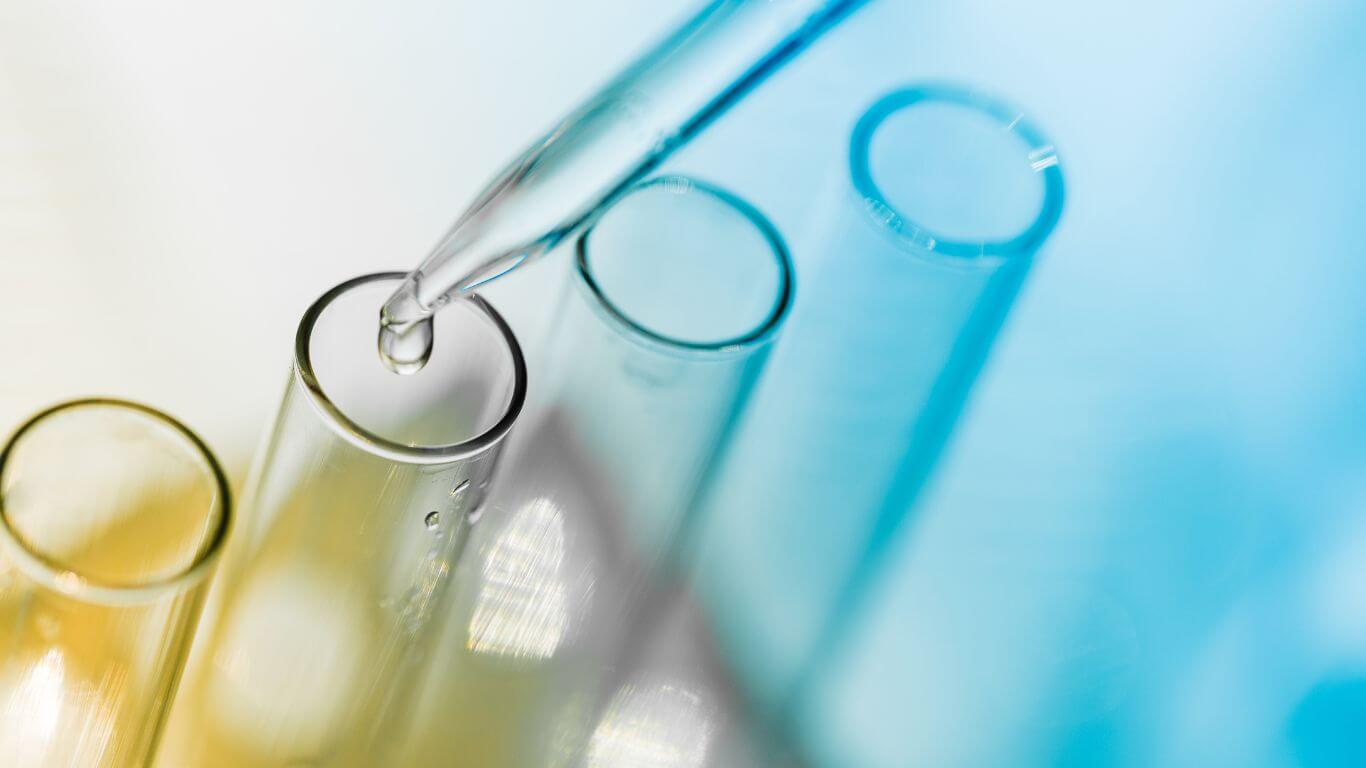
WuXi AppTec client? Read our Frequently Asked Questions page
On February 28, 2025, NAMSA completed its acquisition of WuXi AppTec’s US medical device testing operations. What does this mean to you? It means that together we now offer you access to more scientists, more lab capacity and more experience with a wider range medical devices than any other lab worldwide. By combining our strengths, NAMSA now offers the most comprehensive and reliable medical device testing, clinical research and consulting services.
NAMSA helps more medical device manufacturers with biocompatibility testing than any other lab. By adding WuXi’s expert team and capabilities, we can now expand that claim to Extractables and Leachables (E&L) testing as well. The benefit to you is access to the deepest bench of biological safety specialists and toxicologists at our US and European facilities, all of whom are ready to work with you to develop a plan tailored to your specific medical device and regulatory pathway.
More than 70% of all global biocompatibility studies are conducted by NAMSA. This matters because NAMSA has seen and tested nearly every conceivable device. We know what testing is required and our results are trusted by US, EU and other regulators. This means you can proceed to the next stage faster. Instead of engaging multiple labs to perform preclinical, biocompatibility, E&L and microbiology testing, you can save valuable time working with NAMSA.
With the addition of WuXi facilities in the US, we now offer you more capacity than every before. We schedule quickly, complete efficiently, and deliver accurate results the first time. In addition, we offer extensive microbiological capabilities with labs in the US Midwest, Southeast and West Coast.
From startups to multinationals, NAMSA has been serving the medical device and IVD industries since 1967 and has a highly experienced team ready to serve you. Explore our services.


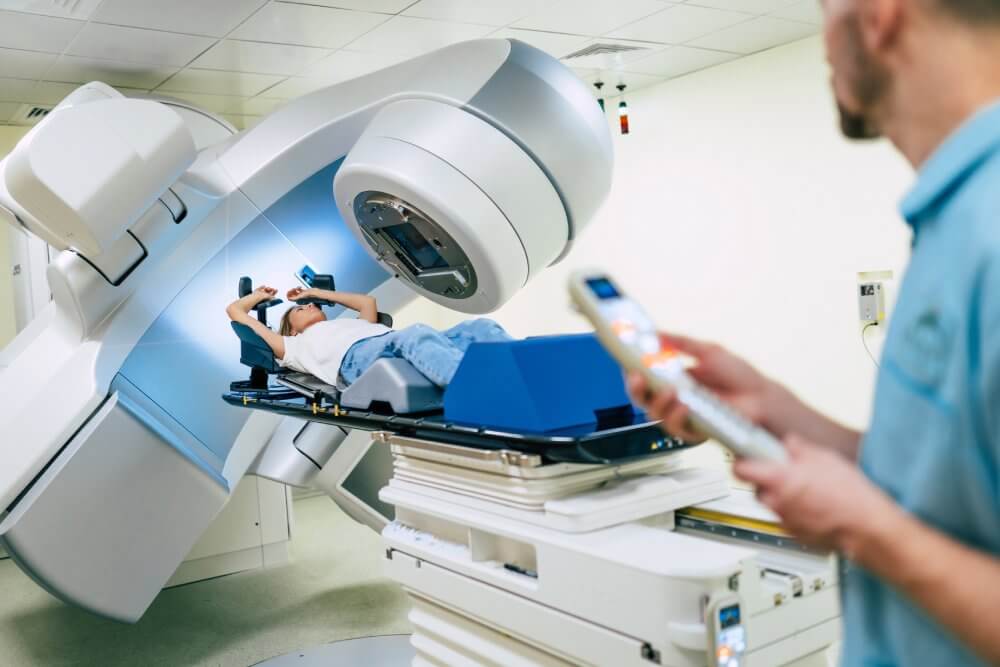
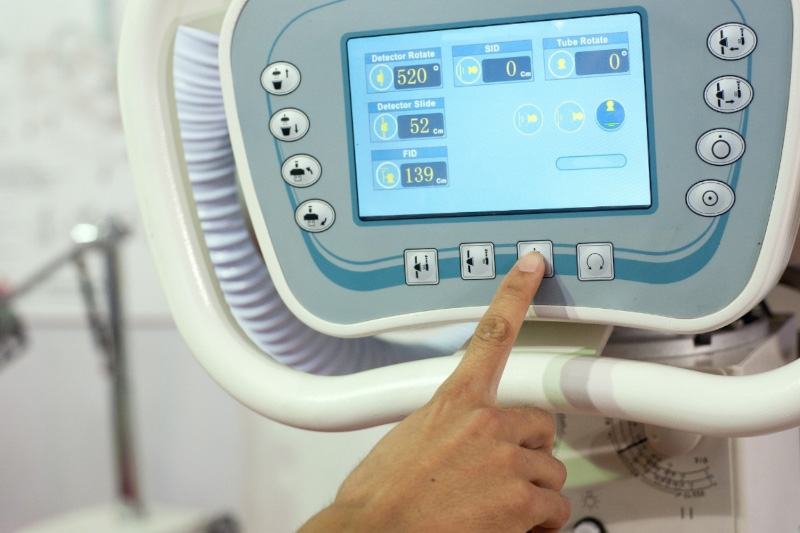

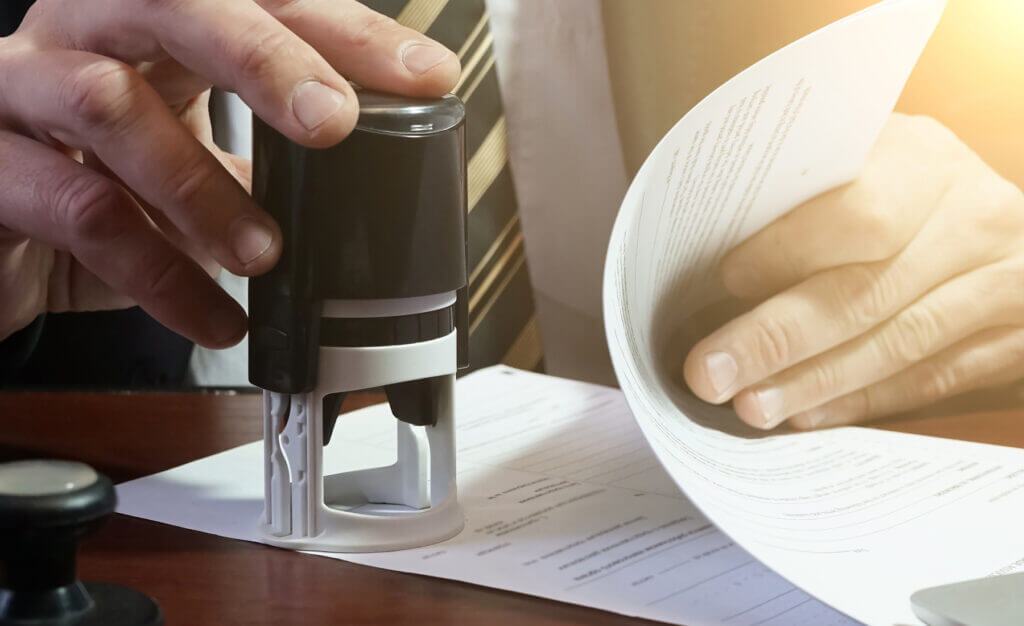

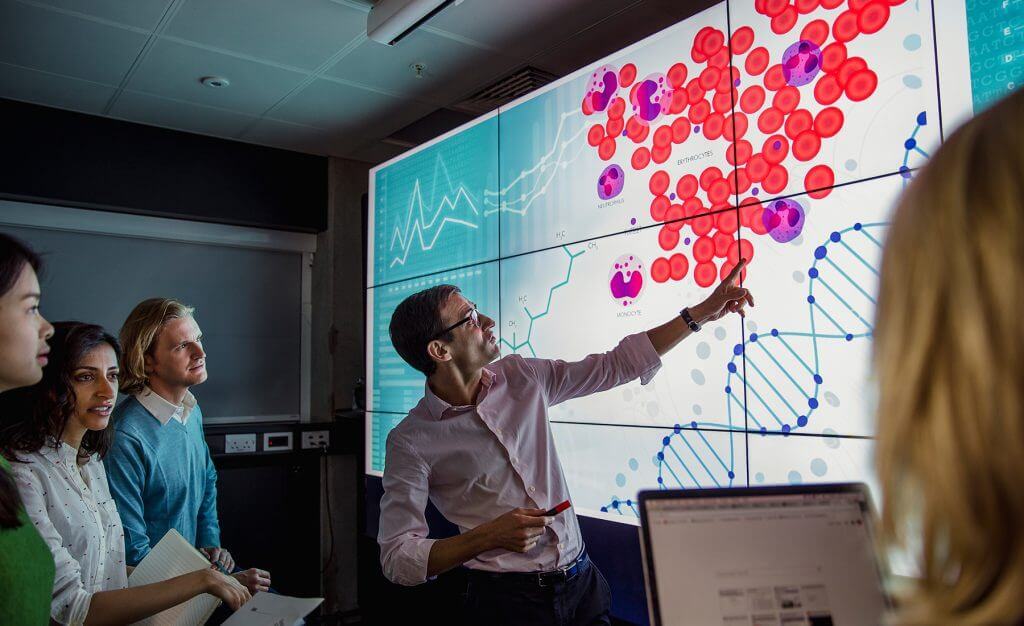

Meet our expansive team of scientists, clinical specialists, and regulatory consultants based in the US, Europe, and Japan.





